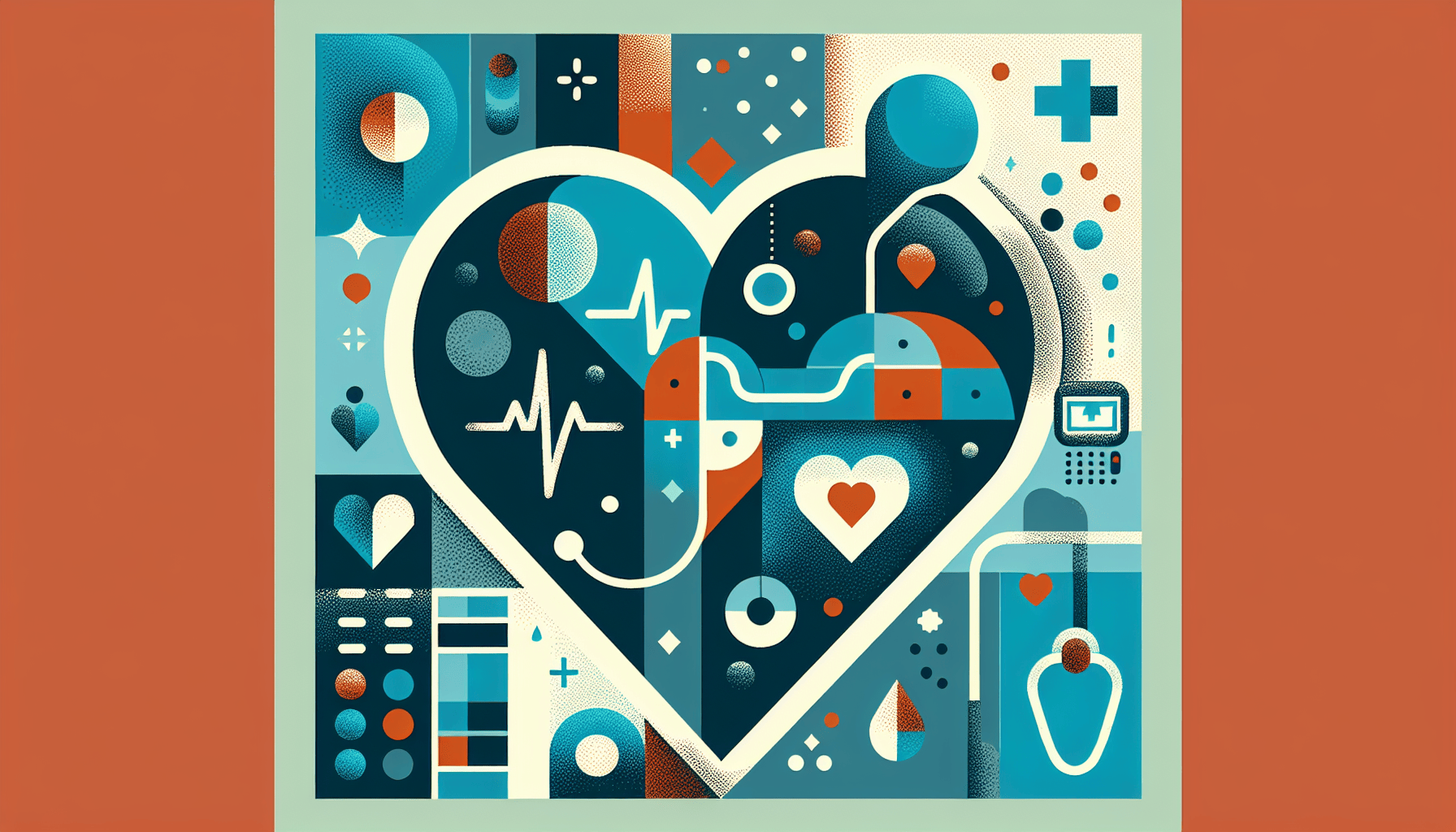Can I Take Zepbound a Day Early?
Key TakeawaysZepbound is a once-weekly injectable medication for weight management and obstructive sleep apnea (OSA) linked to obesity.Taking Zepbound a day early is [...]
Read More
Medically reviewed by Abhijit Bhattacharyya | MD, PhD, MBA, Tufts University School of Medicine - Miami, Florida on June 2nd, 2024.
During the COVID-19 pandemic, telehealth became a popular way to see and speak with a doctor from the comfort of your own home. While in-person health care visits have rebounded, telehealth remains a good option for treating people with heart disease, according to a scientific statement from the American Heart Association (AHA).
"What we're seeing now is an increase of blended care that includes a combination of in-person and virtual visits," says cardiologist Dr. Ami Bhatt, associate professor of medicine at Harvard Medical School and chief innovation officer for the American College of Cardiology. Health care systems that established infrastructure to integrate virtual health care into their practices have had the most success with a hybrid model.
Telehealth can be delivered in three ways:
Synchronous: When the doctor communicates with the patient in real time via phone or an Internet-connected device.
Asynchronous: When information is exchanged between doctors and patients but not in real time, similar to e-mail communication.
Remote monitoring: When measurements such as weight, blood pressure, or a simple electrocardiogram (ECG) are sent to the clinician through wirelessly connected devices.
Most medical practices already had Internet-based portals that people used to make appointments and receive test results before the pandemic. These portals often serve as the gateway to synchronous visits, which are ideally suited for much of the care needed by people who have or are at risk for heart disease.

For people with heart failure, a smart scale that wirelessly transmits data can flag small weight increases that may signal the need for medication adjustments. Other options for monitoring include smart watches or other devices that track your heart rate and check for heart rhythm abnormalities with a simple ECG, which you can then pass on to your physician.
However, while doctors are becoming comfortable prescribing these digital tools, they're not a smart choice for everyone. "These days, there's a lot of health-related anxiety, and overmeasuring can contribute to this problem," says Dr. Bhatt. Make sure you understand when, why, and how often self-monitoring makes sense for you.
To make the most of your virtual health care visit, follow these tips:
Make sure your device is charged or plugged in.
Set up your device in a private, quiet room, ideally with a light source that illuminates your face.
Angle the camera so the doctor can see you well.
If you're using a smartphone, prop it up so you're not holding it in your hand.
Log on to your appointment five to 10 minutes early to leave time to troubleshoot any connection issues.
Have a phone available as a backup in case the video doesn't work.
Prepare as you would for an in-person visit, including having a list of questions and a pen and paper to take notes.
People with heart disease who need routine check-ins often appreciate the convenience of virtual visits, which eliminate travel and waiting time. "But there are times that sitting together in the same room is best, even when you don't need a physical exam," says Dr. Bhatt. Finding the right blend of telehealth and in-person care is the future we're slowly moving toward.
For more information on telehealth and heart disease, visit the American Heart Association, CardioSmart, and the Centers for Disease Control and Prevention.
Key TakeawaysZepbound is a once-weekly injectable medication for weight management and obstructive sleep apnea (OSA) linked to obesity.Taking Zepbound a day early is [...]
Read MoreKey TakeawaysZepbound is an FDA-approved medication for chronic weight management in adults with obesity or overweight, and for moderate to severe obstructive sleep apnea [...]
Read MoreKey TakeawaysZepbound is a once-weekly injectable medication that supports weight loss by activating hormone pathways regulating appetite and digestion.After the first dose, [...]
Read More